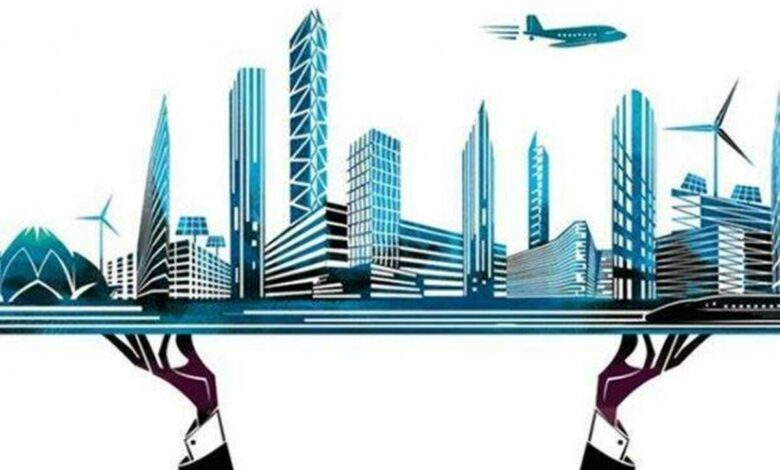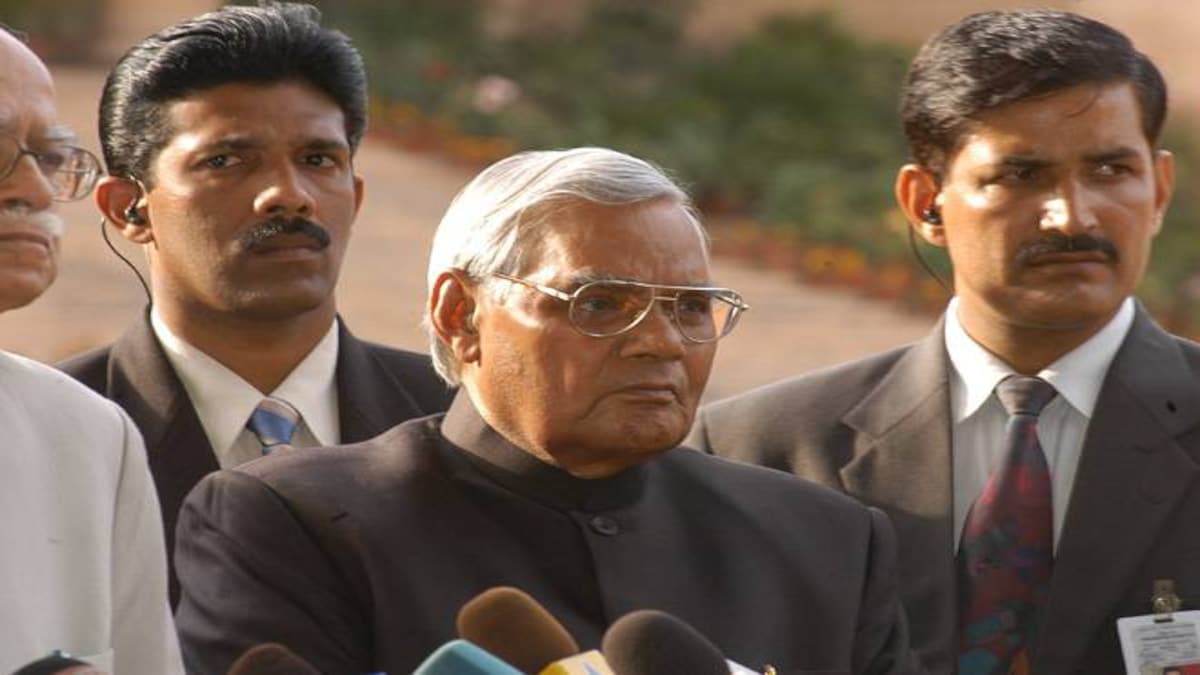
The infrastructure of a nation defines how the path of development would be for the country. Better infrastructure directly leads to better productivity, more employment generation, increased foreign direct investment, and more. It is the reason that economists say that the country’s fate depends on its infrastructure. Indeed, our country began to emphasize infrastructure-led development during the regime of Vajpayee.
Infrastructure development over the years-
They gave extra attention to developing a robust infrastructural base in the country, which provides many advantages. Made new investments and developed new plans, all favoring infrastructural growth in the nation. However, the decade lost between the Vajpayee regime and Narendra Modi led the government to fail to continue this probably.
The first term of the Modi-led government majorly focused on doubling up the cumulative capital expenditure. The Modi-led government walked on that path even though they inherited an economy burdened by an absence of a conducive economic entourage for the investments. The contours of the strategy for infrastructure investments were being made alongside the economy and banking sector reforms, new planning policies, and resolutions. Therefore, the not entire focus was given to the infrastructural development, unlike the Vajpayee regime.

Now, the Modi government has been in the country for seven long years. In these seven years, the government has introduced many economic reforms, categorized under starting a business, construction permits, trading across borders, taxation, and a lot more.
It led to the Ease of Doing Business ranking jumping up from 142 in 2014, when the government came, to 63 in 2019. In these five years, India has been successful in developing a robust banking sector. It has been aided by several measures such as the insolvency and bankruptcy code, merger of various banks, recapitalization, and National Asset Reconstruction Company setting up.
Flexible inflation targets in our country nourished a stable as well as low-interest rate regime. Moreover, the banking sector is said to become stronger by setting up a Development Financial Institution under the NABFID act, which will surely aid the banking sector.
When the government was launching new economic and banking reforms, it also introduced the National Infrastructure Pipeline. The government created a task force under the final reports. It revealed that an estimated Rs 111 lakh crore needs to be invested in the country’s infrastructure development in the five years from Financial Year 2020 to Financial Year 2025 to reach the level of $5 trillion Indian economies, which is the primary goal of our country.
NIP acts as a compendium of several investable infrastructure projects in the nation under implementation. The report also suggests that the country needs to invest nearly $4.5 trillion in infrastructural development by the end of the Financial year 2030, including the $1.6 trillion required to sustain high economic growth rates. This investment is needed for the Indian economy to develop a solid infrastructural sector and, therefore, to compete in a growing world.
The reports have suggested several times that the Centre and the states have been maintaining an equal share in executing National Infrastructure Pipeline followed by the private sector. As per a 2013 RBI paper report, the multiplier effect of infrastructure investments is higher when undertaken at the state level. It is the sole reason behind the inclusion of states in the National Infrastructure Pipeline.
The trend of rising infrastructure investments is visible now as the Union Budget of the financial year 2021-2022 has allocated a considerable amount of 5.54 lakh crore towards capital expenditure. This share of capital expenditure in the total spending is the highest in the decade, and therefore the investments in the infrastructure sector will rise. Also, through this, the National Infrastructure Pipeline will have a minor level of resistance.
The task force introduced by the National Infrastructure Pipeline suggests the creation of a new National Monetization Pipeline, which will help meet the high capital expenditure in the country. It intends to monetize the operational public assets of infrastructure. It excludes the infrastructure used for tapping private-sector efficiencies, which thus help in creating a cycle full of developing, commissioning, monetizing, and investing.
Through this strategy, the government aims to garner nearly over Rs 6 lakh crores over the four years from the financial year 2021 to the financial year 2025. The process is that the government will be the rightful owners of the assets but will lease those assets to the private sector for a stipulated period and be handed back to the government. It is just a transfer of operational rights and not ownership rights. According to the Union budget, the National Monetization Pipeline provides incentives to disinvestment to channel the investments.
How does it work? The country is full of opportunities. The National Investment Pipeline has nearly 7,400 projects to choose from, while the National Monetization Pipeline has assets of almost 13 sectors, including roads, railways, power, telecom, and much more. Both the pipelines are subject to run through real-time dashboards, showing investment opportunities to domestic and international investors.
The investors choose either from the complete projects available or from the assets provided by National Investment Pipeline or National Monetization Pipeline, bid on them, and access those capitals for execution or operation. It will also help indirectly reduce the failure of investments and will therefore benefit the country to grow.
Indeed, there will be a bottleneck, cost overruns, and delays once all of this begins.
However, they will monitor all these projects in real-time with high priority. Both of these pipelines have been the first to introduce the use of assets and investments to resolve problems. The National Investment Pipeline will act as a template for infrastructure investments for decades even after the financial year 2025. On a similar note, the National Monetization Pipeline will help monetize the nation’s assets for further infrastructural development.
The reform to resolution approach will help promote seamless and sustainable infrastructural investments from all stakeholders inside or outside the country. This approach will help in ensuring equitable and inclusive access to all investments prospects in the nation. Moreover, this will also help ensure that every country citizen gets equity in economic and infrastructural progress. The Prime Minister of our nation has said that this approach is two-faced – it will help achieve socio-economic benefits and help the country achieve self-reliance, or as we speak, Atmanirbharta.
The growing infrastructural development in the country will help the nation bear more and more fruitful projects and strengthen the country’s overall infrastructure. We live in a world that grows every day, and every country is racing towards the top. Therefore, the rising investments in infrastructure will help India and act as a staircase to the top.
Article Proofread and Edited by Shreedatri Banerjee




